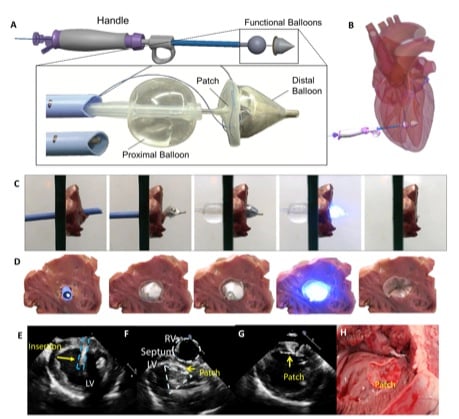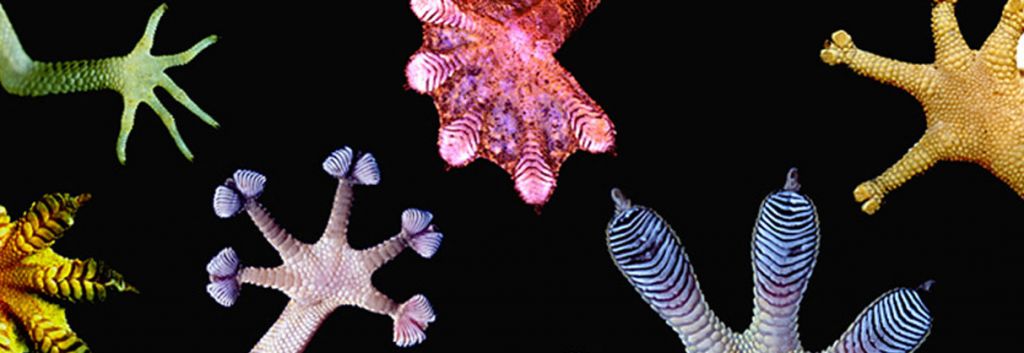Gecko Biomedical is a young Parisian biotech which is now featured on the front cover of the Science Journal for Translational Medicine. We explore their surgery adhesive tech inspired by natural stickiness of molluscan slugs, and their latest proof of its application in heart surgery.

 Gecko Biomedical was only founded in 2013 by a rockstar combination of Robert Langer (crazy successful MIT professor with involvement in over 24 other biotechs, including Moderna), Maria Pereira (the 29 year old inventor of the Gecko glue listed in Forbes’ 30 under 30 in 2015) and Jeffrey Karp (Harvard Medical School asosciate professor and listed as one of the top healthcare innovators by Boston Business Journal) to name a couple.
Gecko Biomedical was only founded in 2013 by a rockstar combination of Robert Langer (crazy successful MIT professor with involvement in over 24 other biotechs, including Moderna), Maria Pereira (the 29 year old inventor of the Gecko glue listed in Forbes’ 30 under 30 in 2015) and Jeffrey Karp (Harvard Medical School asosciate professor and listed as one of the top healthcare innovators by Boston Business Journal) to name a couple.
Developed from polyglycerol sebacate acrylate (a combination of glycerol and sebacic acid), a photosensitive additive causes setting of the Gecko glue within 5 seconds of UV exposure. Originally inspired by sticky insects, the slime of slugs and silkworms and the footpads of reptilian geckos, their invention has therefore been useful as a flexible, non-toxic adhesive to seal incisions and heart defects in surgery.

In their new paper published by Science, the Gecko glue was engineered into a biodegradable patch designed to cover and repair tissue. The patches were delivered by an intravenous balloon catheter, which was coated in a reflective surface that emitted UV light after un-folding of the patch. This light permitted activation of the Gecko glue, thus adhering the patch to the target tissue.

Demonstrated for rats in vivo, the device was also used to fix a cardiac septal defect (a gap between the chambers in the heart) of a pig, as well as fixing pig stomach ulcers and hernias ex vivo. The elastic nature of the patch design means it is compliant enough for repairing contractile tissue (such as that in the heart) and therefore a viable replacement for traditional surgical sutures.
This is an exciting pre-clinical development for Gecko Biomedical, which continues to amaze us with its Nature inspired medtech. Now to prepare for human trials..





